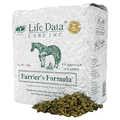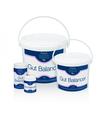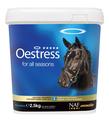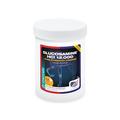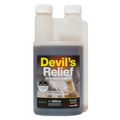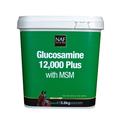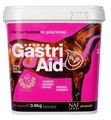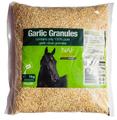Equine Cushing’s Disease is also known as Pars Pituitary Intermedia Dysfunction (PPID). This means that the inhibitory function of the pituitary gland at the base of the brain is lost resulting in excess production of the normal hormones. This is shown by raised ACTH which circulates in the blood to the adrenal glands and causes excess cortisol (a steroid hormone) to be produced.
It is a gradual age-related change so is rarely seen in horses or ponies under the age of 10 with the average age at diagnosis being 19.
Clinical signs:
-
laminitis - occurring acutely or as recurrent bouts often unresponsive to treatment until the PPID is controlled.
-
a hairy, curly coat (hirsutism) with failure to shed the coat in the summer.
-
Increased drinking and urination (polydipsia and polyuria).
-
lethargy.
-
loss of muscle with a dipped back and pot-bellied appearance.
-
bulging fat pads above the eyes.
-
weight loss.
-
sweating.
-
Lowered immunity making affected horses more prone to skin infections, sinusitis and parasite infestation.
Diagnosis:
Blood tests are routinely used to diagnose PPID. The ACTH test is currently the most widely used with a positive result showing an increased ACTH level compared to the seasonal reference range. For borderline results the TRH Stimulation Test can give more information.
Whilst classic clinical signs can in many cases be enough to provide a diagnosis it is important to blood test so that the correct treatment dosage can be started and response to treatment monitored
Treatment and Management:
PPID is incurable but can be well controlled with medication such as Prascend. Treatment should be continued for life and blood samples taken every 3-6 months to ensure the correct dose for each horse.
Whilst evidence for supplements is purely anecdotal there have been several cases where Agnus Castus supplements have greatly improved quality of life, ie Vitex, Cushinaze, Cush X.
Good management includes clipping hair, regular farriery and dentistry and an effective worming programme.
Written by: Dr. Sophie Meers BVSc MRCVS

